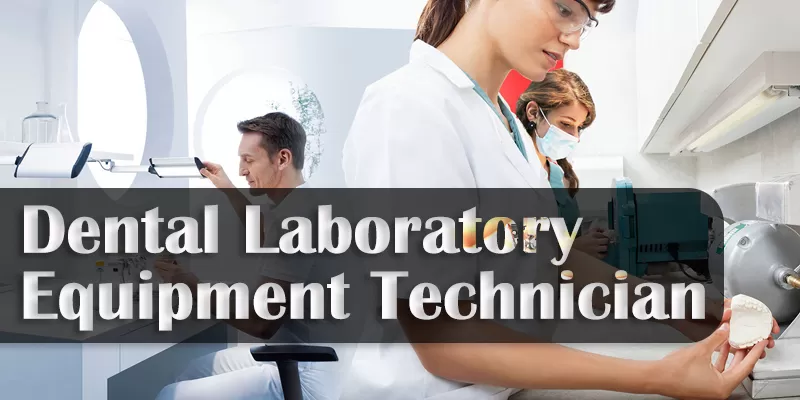
Dental Laboratory Equipment Technician (CTS)
Course Overview
The Dental Laboratory Equipment Technician trade, under the Craftsman Training Scheme (CTS) powered by the National Council for Vocational Training (NCVT), is a two-year job-oriented vocational program. This course is designed to equip candidates with professional skills, in-depth theoretical knowledge, and employability skills relevant to the field of dental laboratory technology. It caters to both government and private job opportunities and is an excellent pathway for self-employment in dental healthcare services. The curriculum is tailored to meet the requirements of Indian and international industries.
In addition to core professional training, students undertake project work, extracurricular activities, and on-the-job training to build technical proficiency and workplace confidence.
Professional Skills Covered
First Year
During the first year of training, students are introduced to foundational concepts, including:
- Safety Practices & Occupational Health relevant to the dental laboratory environment.
- Differentiation of dental team roles and their responsibilities in providing dental treatment.
- Weighing and handling various metals and alloys used in dental prostheses.
- Measurement and monitoring of temperature and voltage for dental laboratory equipment, ensuring electrical safety.
- Understanding melting points and selecting alloys for fabrication of dental prostheses.
- Identification and application of:
- Various gypsum products.
- Special trays, occlusal rims, and articulated casts.
- Retentive and active components of orthodontic appliances.
- Performing teeth setting and denture processing.
- Repairing broken dentures and relining them.
- Identifying and selecting wires to fabricate retentive orthodontic appliances.
- Carving:
- Maxillary and mandibular anterior teeth.
- Maxillary and mandibular premolars and molars.
- Assembling equipment for duplication of casts.
- Understanding occlusion concepts and partial denture classifications.
- Constructing:
- Immediate dentures.
- Removable partial dentures.
- Performing surveys and identifying fixed components of orthodontic appliances.
- Fabricating oral screens and activators, and welding appliances.
Second Year
In the second year, trainees advance to more complex procedures:
- Fabrication of temporary acrylic jacket crowns.
- Preparing casts and dies for:
- Fixed partial dentures.
- Full metal crowns.
- Full metal bridges.
- Familiarization with fixed prosthodontic equipment.
- Performing mock-ups for anterior crowns.
- Fabricating copings and preparing dies.
- Producing Porcelain Fused to Metal (PFM) crowns.
Training System
The Directorate General of Training (DGT), under the Ministry of Skill Development & Entrepreneurship (MSDE), delivers vocational training programs addressing the needs of various economic sectors and the labor market.
Two major schemes under DGT include:
- Craftsman Training Scheme (CTS)
- Apprenticeship Training Scheme (ATS)
The Dental Laboratory Equipment Technician course, under CTS, is delivered across India through a network of Industrial Training Institutes (ITIs).
This two-year program includes:
- Domain Area (Trade Theory & Practical): Imparting professional skills and technical knowledge.
- Core Area (Employability Skills): Building essential life skills and workplace readiness.
Upon successful completion, candidates are awarded the National Trade Certificate (NTC) by DGT, recognized both nationally and internationally.
Core Competencies Acquired
Candidates completing the course will demonstrate abilities to:
- Read and interpret technical documents and parameters.
- Plan and organize work processes, selecting appropriate materials and tools.
- Perform tasks in compliance with safety regulations and environmental standards.
- Apply professional knowledge and employability skills to deliver quality work.
- Check assemblies against technical drawings, identify issues, and perform necessary rectifications.
- Document technical parameters and processes for quality control and reporting.
